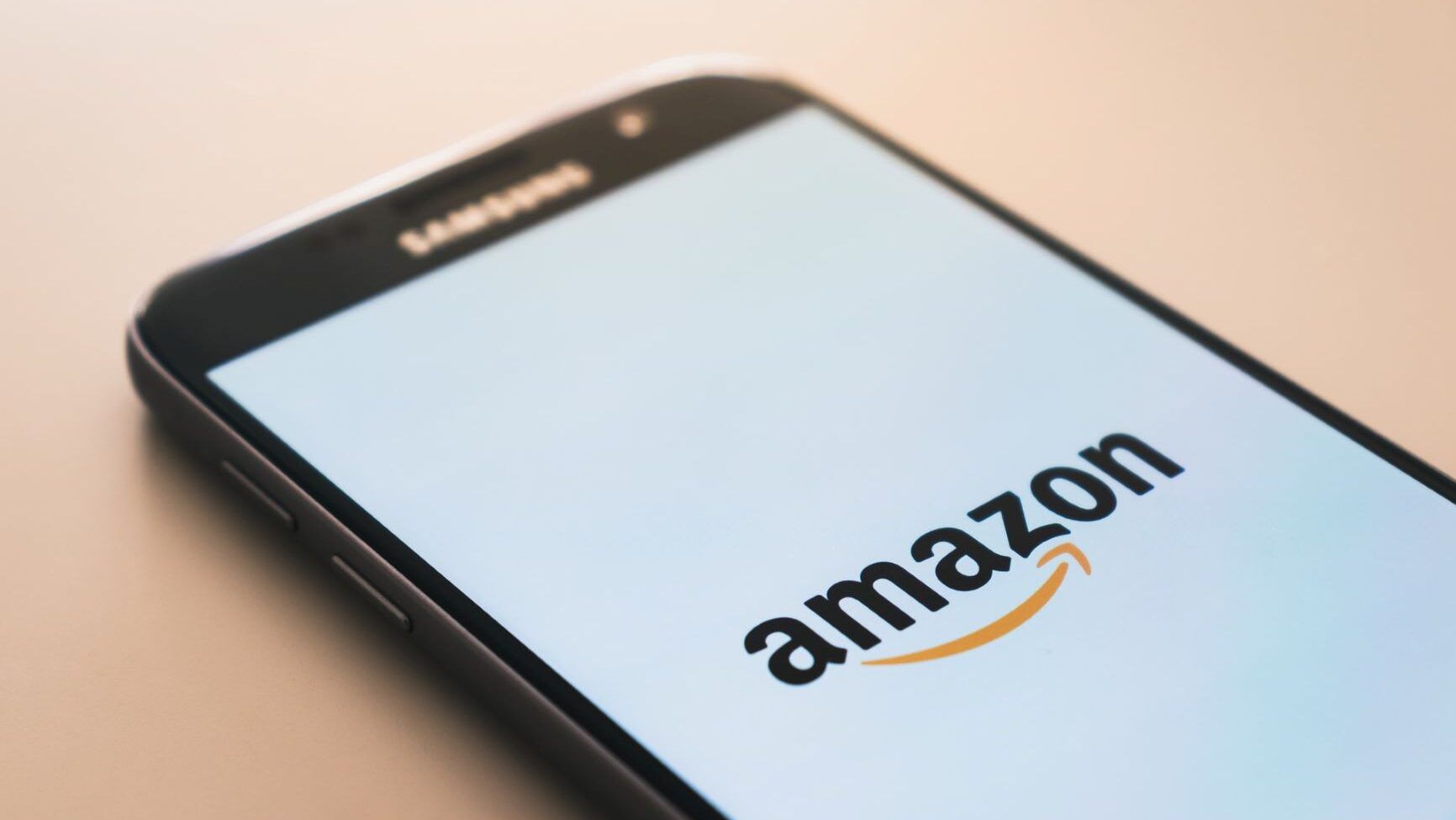
The undisputed king of e-commerce and plenty of other verticals – Amazon – will soon have a new CEO. Jeff Bezos sent ripples through financial media in early February, when he announced his transition to an executive chairman role. Andy Jassy, the CEO of Amazon Web Service’s cloud team, will take over as chief executive. What does the shake-up in leadership mean for one of the world’s biggest corporations?
Amazon Under Bezos’ Leadership
Amazon’s remarkable story has few modern parallels. Founded in 1994 as an internet bookseller, the company grew under Bezos’ leadership to something much, much bigger – a grocery retailer, a cloud computing behemoth, an entertainment company, and more. Along the way, the company saw its Prime shipping program grow to “more than 150 million members,” its market cap to $1.7 trillion, and fourth quarter 2020 sales reach “a record $125.6 billion in sales… while profits more than doubled to $7.2 billion from a year earlier.”
The decision is less abrupt than it might seem. Bezos has been slowly delegating day-to-day responsibilities to Jassy and others for some time, as he turned his focus to other extracurricular projects and big-picture initiatives. The COVID-19 pandemic drew Bezos “back to the here-and-now problems facing Amazon,” however, as he worked to address “a surge of demand, labor unrest and supply chain challenges brought on by the coronavirus.” Between working with government officials, “[holding] daily calls to help make decisions about inventory,” and visiting a company warehouse “for the first time in years,” Bezos helped Amazon weather the challenge and then some – leaving the company on stable footing in time for the transition of power.
The Challenges Facing Andy Jassy
Jassy is well-positioned to take over from Bezos. He has been at the company since 1997 and has led the “Amazon Web Services cloud team since its inception.” That facet of the business “continues to drive much of Amazon’s profit”; between his responsibilities with AWS, his increased handling of day-to-day affairs, and his tenure at the company, where he has shadowed Bezos since “the early 2000s,” his transition to CEO fulfills years of speculative reports that Jassy would assume the role when Bezos chose to step down.
But the very global dominance that Jassy helped facilitate is also causing a slew of issues. Antitrust scrutiny of Big Tech is at an all-time high, fueled by both the European Union and US lawmakers who allege that the company engages in anticompetitive behavior to maintain its powerful position. Accusations of labor malpractice have dogged the company for years, and the pandemic was no exception: warehouse workers “expressed discomfort with safety conditions [in 2020], forcing Amazon to undertake emergency actions and to hire even more aggressively.” Against the backdrop of labor unrest is the potential organization of the first union for fulfillment center employees, as well as competition from fellow retail giant Walmart in the form of its Amazon Prime competitor, Walmart+.
What Does the Transition Mean for Amazon’s Business?
Bezos’ transition to a chairman role is far from a rarity – he follows in the footsteps of Microsoft’s Bill Gates, Larry Page and Sergey Brin at Alphabet, and other founders who remain involved in macro decision-making and exploratory projects. Experts say this is for several reasons: “the prospect of losing [Bezos’] involvement [as a visionary figure] would surely spook investors and just about every other firm or institution that relies on the company in some way.” Bezos also will have “the opportunity to steer the company at some capacity and remain in the spotlight to some degree while Jassy gradually becomes the face of the company.”
Mary-Hunter McDonnell, an associate professor of management at the University of Pennsylvania’s Wharton School, characterized the decision to Business Insider as “a signal that the [Amazon] board really wants to stick with the current strategy.” Jassy’s long history with the company – not to mention his close relationship with Bezos – means a greater chance that the two can “manage all tensions and conflicts that inevitably will emerge” along the way, says David Yoffie of the Harvard Business School.
Same, but Different
It stands to reason that the transition from Bezos to Jassy will play out much the same way as power transfers at other tech giants. Forbes’ Taylor Tepper notes that Gates, Page and Brin, and Apple’s Steve Jobs all gave way to successors who have overseen tremendous growth and success while keeping investors more than happy. Amazon’s reputation for “push[ing] into more corners of the economy” is unlikely to abate, says CFO Brian Olsavsky, who told investment analysts that the company’s previous ‘pre-invest[ment]’ into new spaces had paid off in spades.
Amazon’s track record, the tight working relationship between Jassy and Bezos, and ever-rising earnings portend well for future success. Not to mention the fact that, according to Olsavsky, “[Bezos] is really not going anywhere.” Instead, the change is a “restructuring of who is doing what,” with wholesale changes unlikely. While antitrust battles, labor disputes, and other problems will not disappear as Jassy assumes his new role, the safe bet is that Amazon’s future will look a whole lot like its past come Q3 2021.







